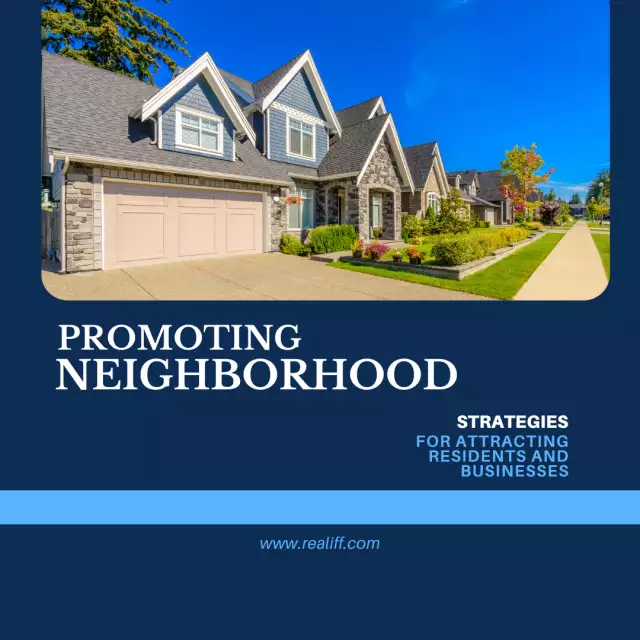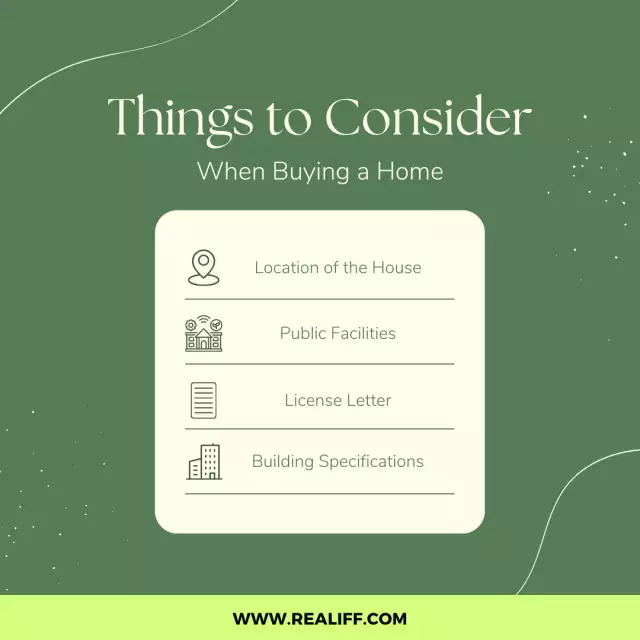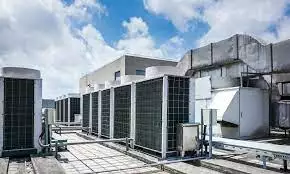Ultimate Guide to Neighborhood Evaluation: Finding Your Ideal Community
Ultimate Guide to Neighborhood Evaluation: Finding Your Ideal Community
Choosing the right neighborhood is one of the most crucial steps when buying a home or relocating. The location of your new home greatly impacts your lifestyle and future. While you might be able to renovate or upgrade your house, you can't change its location. Therefore, a thorough neighborhood evaluation is essential to ensure your new community aligns with your needs and preferences. In this comprehensive guide, we will explore all aspects of neighborhood evaluation, focusing on the keyword "neighborhood evaluation" to help you make an informed decision.
Why Neighborhood Evaluation Matters
When considering a move, it's not just about the house itself but the surrounding area. Factors like crime rates, school quality, access to essential services, and the overall community vibe play a vital role in your decision. Conducting upfront research can help you find the right place for you and your family.
Key Factors in Neighborhood Evaluation
Safety and Security
Neighborhood safety is a top priority when evaluating a neighborhood. Researching local crime rates provides a clear picture of the area's security. Websites offering crime statistics and insights from local police stations are valuable resources. Additionally, talking to residents can give you a sense of the everyday safety of the neighborhood.
Property Values and Trends
Understanding local property values and trends is crucial for making an informed decision. Comparing the asking price of your potential new home to similar properties in the area can help you determine if you're getting a fair deal. Real estate websites provide historical sale prices and current valuations, helping you spot trends and predict future changes in the neighborhood.
Educational Opportunities
For families, the quality of local schools is a significant factor. Quality schools nearby not only provide excellent education for children but also enhance property values. Research school performance, catchment areas, and admission criteria to ensure the neighborhood meets your educational expectations.
Access to Essential Services
Proximity to essential services like supermarkets, hospitals, and banks can significantly impact daily life. Living close to these services saves time and enhances convenience. Checking local amenities can help you gauge how well the neighborhood will meet your daily needs.
Transportation and Commute
Your daily commute affects your quality of life. A neighborhood with efficient public transit and good road connectivity can reduce commute stress and improve your overall lifestyle. Assess the availability of public transport and the ease of commuting to work and other important places. Public transportation access is a key factor to consider.
Community Vibe and Demographics
The overall atmosphere and demographic makeup of a neighborhood are essential considerations. Whether you prefer a lively area with young professionals or a quiet, family-oriented community, the vibe should align with your preferences. Understanding the community dynamics can help you feel at home in your new neighborhood.
Noise Levels and Layout
Noise pollution can significantly affect your living experience. Consider potential noise sources like airports, highways, and busy streets. Additionally, the neighborhood's layout, including parks, sidewalks, and walkability, plays a crucial role in your daily activities and fitness opportunities.
Economic Considerations: Property Taxes and Investment Potential
Understanding property taxes and the economic health of the neighborhood is vital for budgeting and investment decisions. High property taxes can impact your finances, while stable or growing property values indicate a healthy and potentially profitable investment. Property investment potential is a crucial aspect of neighborhood evaluation.
Maintenance and Community Upkeep
The condition of public spaces and residential streets reflects community pride and operational efficiency. Well-maintained areas suggest a committed local government and satisfied residents, enhancing your living experience.
Future Development Plans
Be aware of any planned developments that could affect your living experience, property values, or the neighborhood's character. While developments can signal growth, they might also lead to increased noise or traffic. Checking local government planning portals can provide insights into future changes.
Strategic Tips for Making the Right Choice
Engage with the Community
Talking to current residents can provide valuable insights into the neighborhood dynamics that online research might not reveal. Engaging with the community helps you understand the local culture and daily life.
Visit at Various Times
Observing the neighborhood at different times of the day and week offers a realistic view of what living there might be like. It helps you assess activity levels, noise, and safety during peak and off-peak hours.
Consider Long-term Needs
Evaluate the neighborhood's ability to meet your long-term needs, such as accessibility to medical services and community resources. Long-term living considerations include aspects like aging in place and future lifestyle changes.
Review Legal and Association Restrictions
Understanding potential restrictions due to homeowners associations or local ordinances is essential to avoid surprises after moving in. These restrictions can impact your property use and modifications.
Common Challenges in Neighborhood Evaluation
Crime Rates
Researching neighborhood crime rates is crucial for your family's safety. Use reliable sources to compare crime statistics and understand the area's security level. Ensuring your family’s safety is paramount and knowing the crime rates gives you peace of mind about the neighborhood’s security.
Property Value Trends
Monitoring property value trends helps you gauge the neighborhood's economic health. Look for signs of growth or decline to make an informed investment decision. This helps you understand if the area is thriving and if your investment will likely grow in value.
School Quality
Quality schools nearby are important for families and property values. Research school performance and catchment areas to ensure the neighborhood meets your educational needs. High-performing schools often lead to increased property values and a better community environment.
Community Engagement
Active community engagement indicates a supportive and vibrant neighborhood. Participating in local events and talking to residents can provide a sense of the community spirit. Community engagement often correlates with lower crime rates and higher property values.
The Most Comprehensive Tips for All Aspects of Neighborhood Evaluation
- Market Research: Continuously analyze real estate market trends to identify profitable investment opportunities.
- Risk Management: Diversify your property portfolio to mitigate risks associated with market fluctuations.
- Property Management: Maintain and enhance the value of your properties through effective management and upkeep.
- Legal Knowledge: Stay updated on zoning laws, tax implications, and regulatory changes that could affect your investments.
Essential Questions for Neighborhood Evaluation
Q. Why is neighborhood evaluation important when buying a home?
A.It ensures the community supports your lifestyle, values, and long-term goals.
Q. When should you conduct a neighborhood evaluation?
A.Before making an offer on a property to ensure it meets your needs and expectations.
Q. Where can you find reliable information about neighborhood safety?
A.Crime statistic websites, local police stations, and community forums.
Q. What factors should you consider in neighborhood evaluation?
A.Safety, property values, school quality, amenities, transportation, and community vibe.
Q. Who can help you with neighborhood evaluation?
A.Real estate agents, current residents, and local government resources.
Q. How can you assess the community vibe of a neighborhood?
A.Visit the area at different times, talk to residents, and attend local events.
Conclusion
Selecting the right neighborhood is a critical decision that goes beyond just the aesthetics of the area. It’s about ensuring the community supports your lifestyle, values, and future aspirations. By considering factors such as safety, education, and accessibility, you can choose a neighborhood that not only meets your current needs but also supports your long-term goals. Dive deep into your potential new neighborhood—it might just be the key to a fulfilling and joyful life. Realiff.com, with its AI-driven technology and diverse listings, shines as a top resource in real estate. It offers valuable insights for buyers and sellers. Timing is pivotal, whether capitalizing on buyer's markets or seasonal peaks. Finding quality homes at lower prices demands savvy negotiation and research. By leveraging these tools and strategies, Realiff.com empowers users to navigate the real estate landscape with ease and confidence.






